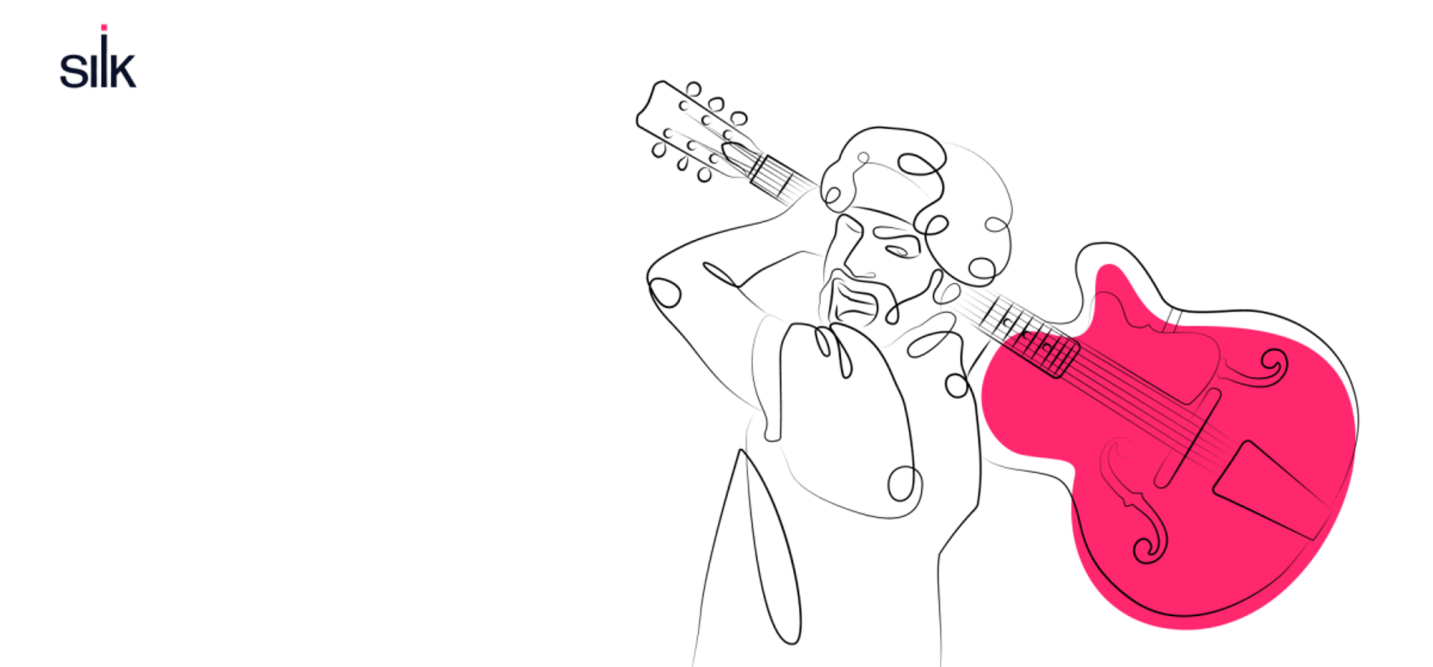What is Cloud Data Migration?
Cloud data migration is the process of moving data onto the cloud. This movement of data can be from an on-premises server, workload, or application to the cloud, or from one cloud platform to another.
Before the advent of cloud computing, most companies stored and managed their data on local data centers. With cloud computing, a third-party cloud service provider manages the cloud infrastructure that supports your data on the cloud. This relieves you of the daily commitment and complexity of managing local data centers. You gain access to your data and/or application over the Internet, instead of via a closed local network. Common public cloud service providers include Amazon Web Services (AWS), Google Cloud Platform (GCP) and Microsoft Azure.
Cloud Data Migration FAQs
Why should you migrate to the cloud?
The cloud offers several enhanced features to support your data and applications. For rapidly growing startups and businesses, the cloud is an attractive option. You can quickly spin up additional cloud resources based on end-user demand. With the cloud, you don’t have to manage an on-premises datacenter, therefore you only pay for what you need in the cloud. Migrating your data and applications to the cloud provides significant cost savings in the long run if managed well.
The cloud environment is also ideal for disaster recovery and maintaining backups. On the cloud, you are no longer limited by the fixed capacity of your on-premises servers. You can quickly create backups of your most critical data. The major drawback is that you pay for every byte of storage on the cloud, including backups. By partnering with Silk for your cloud migration process, you can enjoy the cost-savings of enterprise data services such as zero-footprint instantaneous snapshots.
With businesses turning to remote work, the cloud allows you to provide your employees controlled access to your data from virtually anywhere. This limits the use of non-IT approved devices when your employees need to work away from the office, greatly reducing your cyber security risk.
In addition, cloud service providers continue to enhance security features of the cloud. You no longer need to worry about a lost or stolen laptop compromising your most critical company data. With cloud data migration, your data resides in the cloud where you control access. You can simply wipe that missing laptop clean without fear that you will lose any mission-critical data.
You can also migrate your data warehouse from an on-premises server to the cloud. A cloud data warehouse speeds up your data query and data analytics process. You can’t afford to miss any insights from your vast amounts of data. Cloud data migration gives you that flexibility. Silk improves your data mobility, ensuring that your data is not trapped in silos in your enterprise data warehouse.
What are the types of Cloud Data Migration?
There are many ways to perform cloud migration. The type of method you choose depends on how much time and resources you’re willing to invest to make the migration process successful.
Lift and Shift
Lift and shift is one of the simplest ways to perform cloud migration. As the name suggests, you “lift” your existing data and/or application from your on-premises server. Then, you “shift” it over to the cloud. Your data and/or applications do not change during this process, saving you significantly on costs. With this type of migration, however, you end up missing out on some of the best features of being on the cloud, including scalability and flexibility.
Refactoring
Refactoring is a bit more involved than lift and shift. When you refactor, you essentially rewrite portions of your application to make it more compatible with the cloud. This way, your application is more integrated with the underlying cloud infrastructure. A cloud-compatible application allows you to leverage more cloud features that can increase speed, flexibility, and overall quality. Refactoring improves how your application runs on the cloud, making it a cost-effective solution in the long run.
Refactoring an application is a very complex and time-consuming process, however. Anytime you rewrite your application code, you run the risk of losing or altering features that your customers have come to love. You also need highly specialized software engineers and developers to perform the refactoring. They will be expensive to train and retain. Then, after it’s all said and done, you’re now locked into a single cloud service provider’s platform. Moving back to an on-premises server, or from one public cloud to another will be challenging.
Containers
Containers allow you to refactor certain components of your application instead of the entire application as you slowly migrate to the cloud. You can select which application components to migrate to the cloud via the simpler lift and shift method right now, and which components need refactoring later on. This way you can start to enjoy the benefits of scalability and flexibility with being on the cloud right away, while you work on the rest of the application that needs to be refactored.
Which Cloud Migration Strategy is best?
There are many pros and cons to each type of cloud migration. The best approach will depend on the needs of your organization.
For a more long-term approach, refactoring may be the best option. This way, you will gain access to the full flexibility and scalability of the cloud. Your data and applications will run faster and may be more cost-effective in the long run.
For those looking for a faster transition to the public cloud, lift and shift or a container approach may be best. You don’t have to change any of your underlying code. There will be virtually no interruption to the service that you provide to your end users and customers.
For customers looking for the “best of both worlds”, a lift, shift, and evolve process might be in order. That’s where you lift and shift data and applications to the cloud today, in order to immediately start taking advantage of all of the cloud’s benefits. And then evolve by refactoring behind the scenes to get a better cloud experience for your data in the future.
The Silk Cloud Platform supercharges your lift, shift, and evolve process. Silk provides a fast and reliable platform for your largest data sets and mission-critical database workloads. With Silk, you can immediately harness the power of the cloud while taking the time to get a cloud-native experience.
How do you perform Cloud Data Migration?
Cloud migration is not a simple feat. It is best to develop a plan of action before starting the process.
Firstly, you need to identify the data and/or applications that need to be moved to the cloud. How large is your data set? How complex is the application? Is security a greater concern? How will cloud migration impact the quality of your data? How involved do you want to be with the day-to-day operation of your desired public cloud platform(s)? How much time and resources are you willing to invest to successfully pull off the cloud data migration?
Then, you need to do a cost estimate to develop a business case for the cloud data migration. There are many benefits to hosting your data and applications on the cloud. There are also certain disadvantages. You need to weigh both sides to determine which cloud migration strategy is best for your business.
Cloud migration is an involved process. You need to pick a strategy – lift and shift, refactoring, containers – that provides you with the greatest benefit while limiting interruptions to your business operations. There is always going to be some risk of interruption. You just need to determine how long you can tolerate this interruption as you complete the migration.
There will be a certain level of ongoing upkeep of your data and/or applications once on the cloud. Your level of involvement with your cloud infrastructure will depend on the cloud deployment model that you selected in the initial steps. There are multiple cloud deployment models available including a public, private, hybrid or multi cloud. Each model has its benefits and drawbacks. The best model brings the most value to your business.
Silk Supercharges Your Cloud Data Migration
Silk works with enterprises migrating large data sets and mission-critical applications to the cloud. The Silk Cloud Platform is a virtualized layer that sits between your full application stack and cloud infrastructure to supercharge your databases. With Silk, you get 10x the performance compared to cloud native environments, saving you 30% on cloud costs.
We invite you to take a look under the hood with the Silk Cloud Platform Architecture.



